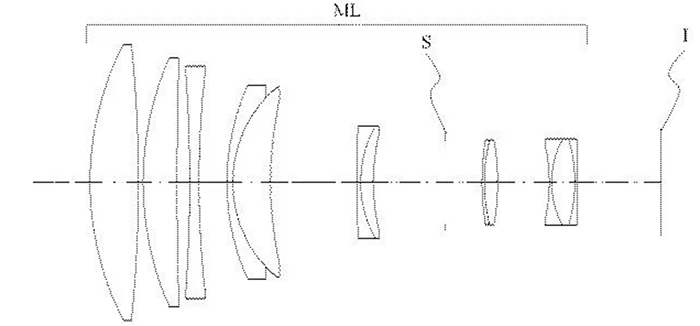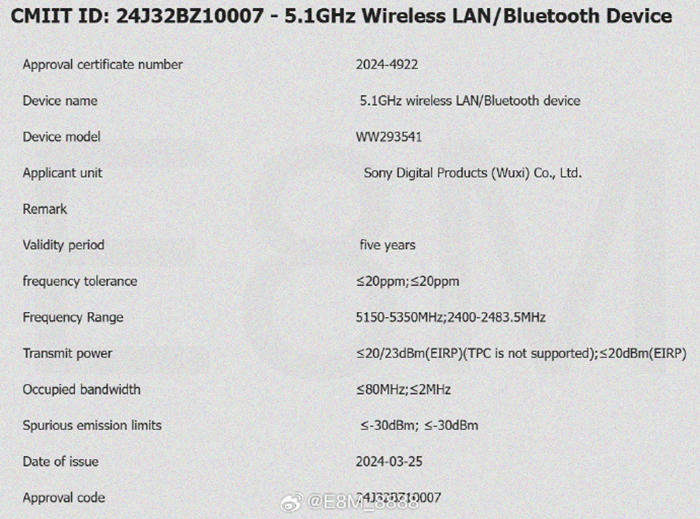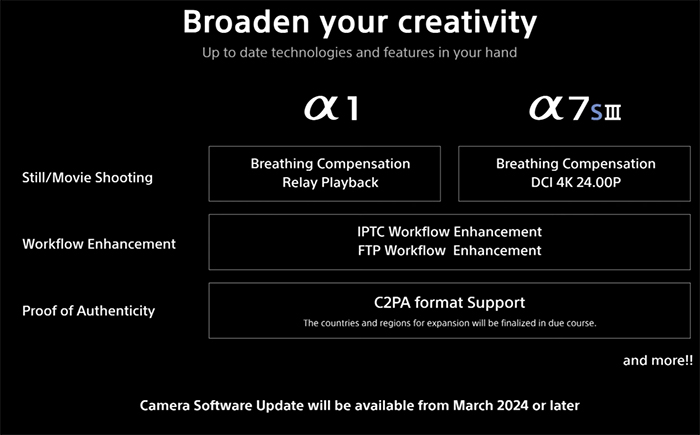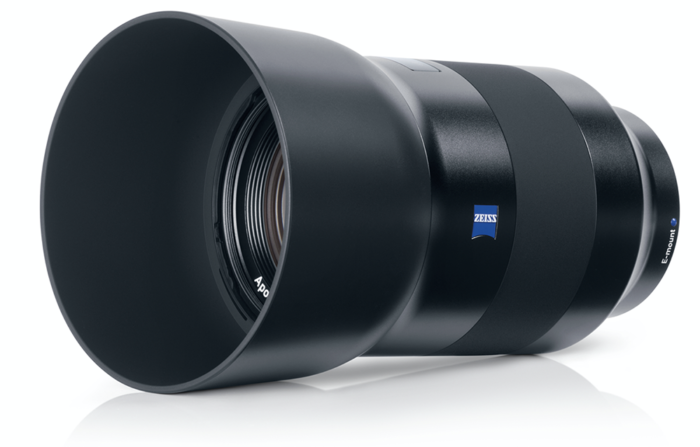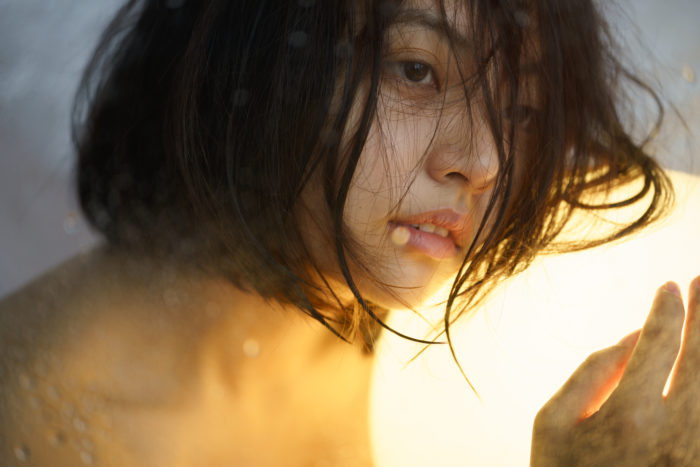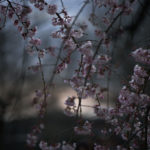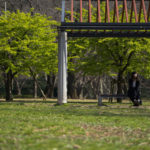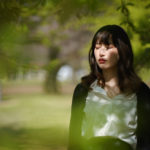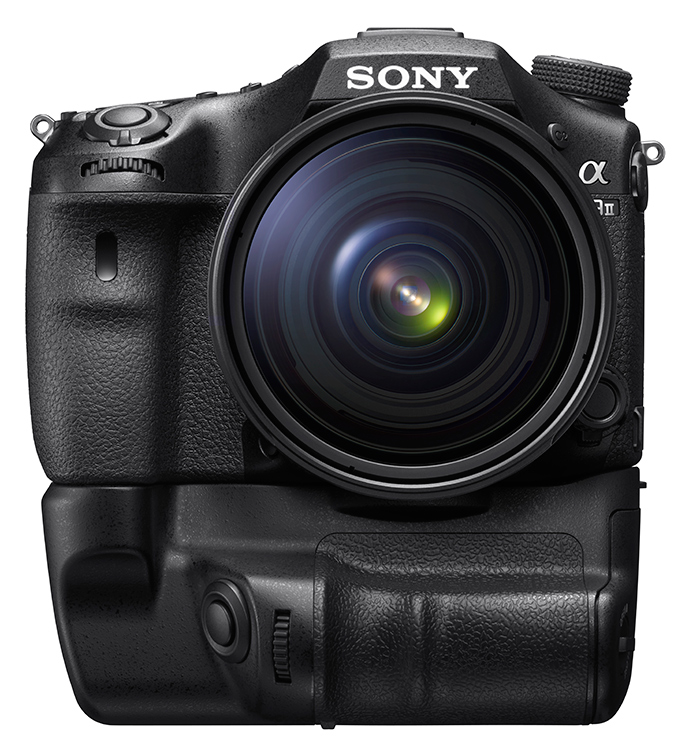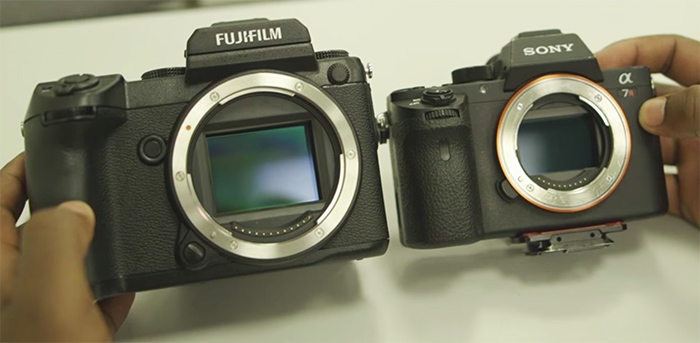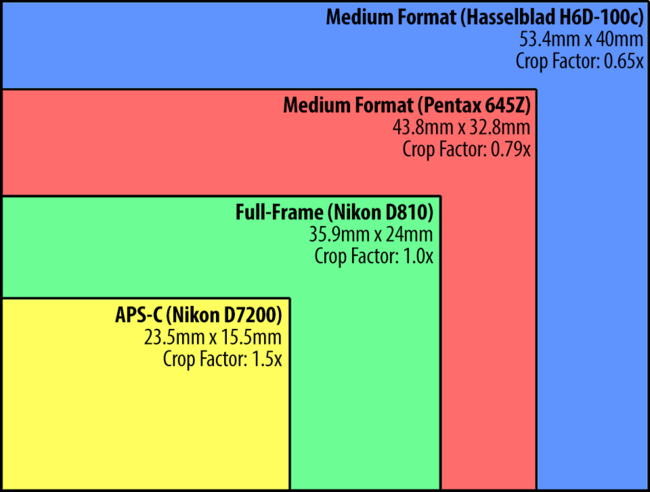New Zeiss Batis 135mm test by Lisa Beaney
Lisa Beaney tested the new Batis 135mm lens:
The lens is a 2.8 lens and not a 1.8 or 1.4 as I know some people were hoping for. I don’t think this would present a problem in the real world and to be honest I’d much rather have a camera/lens combination that feels nicely balanced when I hold it !
The focus with the lens was fast and accurate and when I switched to manual focussing the focus ring was very smooth and easy to use. If you are using this lens for filming then you can have very smooth focus adjustments.
One more news she shares:
I know that Zeiss have but more resource in to their manufacturing after the success of the Batis 85mm lens so hopefully there won’t be quite as many delays in getting hold of it.
So hopefully we won’t say the many months shipment delay we had in the past!
And here are new Batis 135mm tests: Dustin Abbott (and video on youtube), PCmag, Lensrentals, The full PDF spec sheet with MTF graph is now available here: zeiss.com/datasheet-zeiss-batis-28135.pdf
New Batis Preorders:
Zeiss Batis 135mm f/2.8 lens at Adorama, Bhphoto, PhotoPorstNeuwied and ParkCameras.
Zeiss Batis 135mm lens shade at Adorama and Bhphoto.
